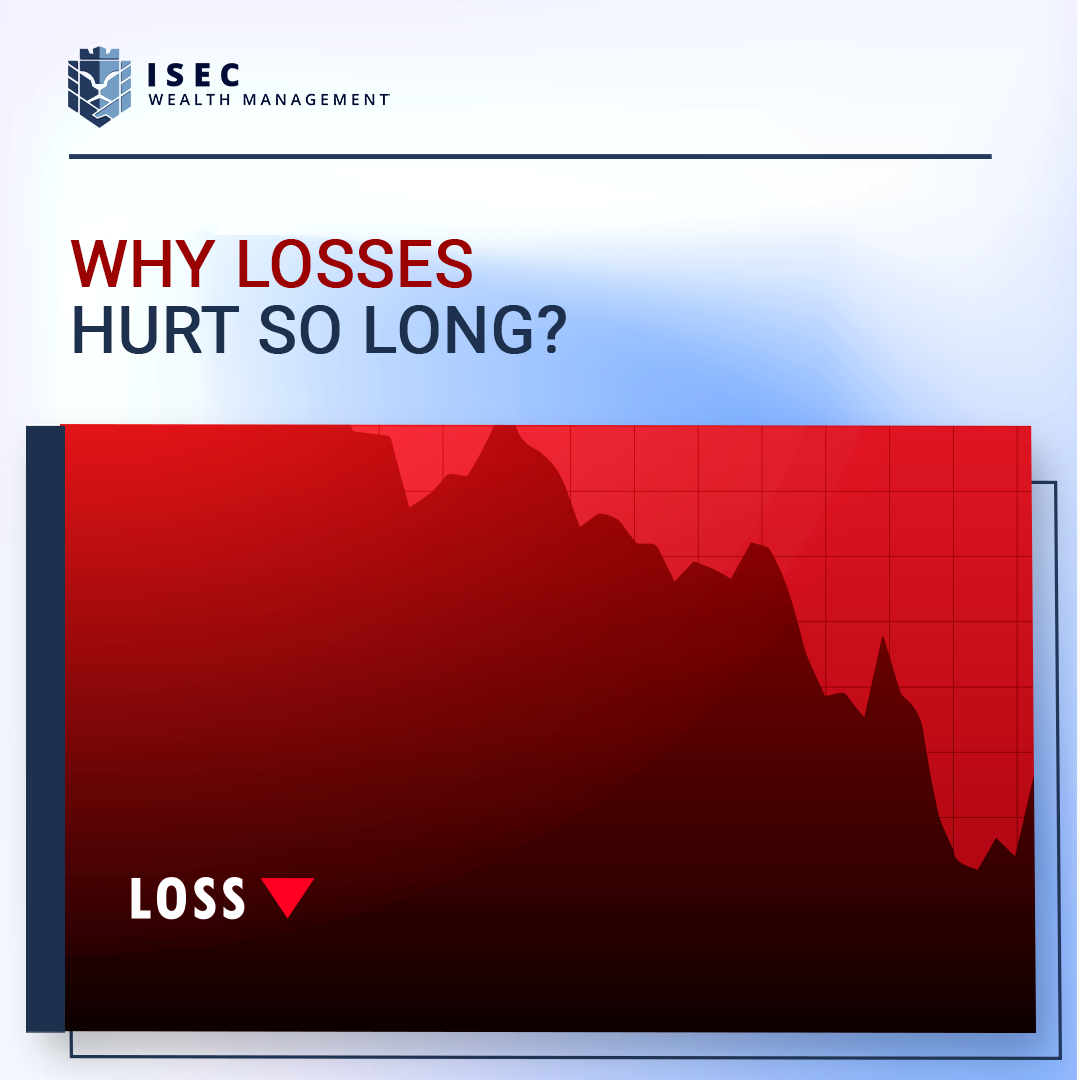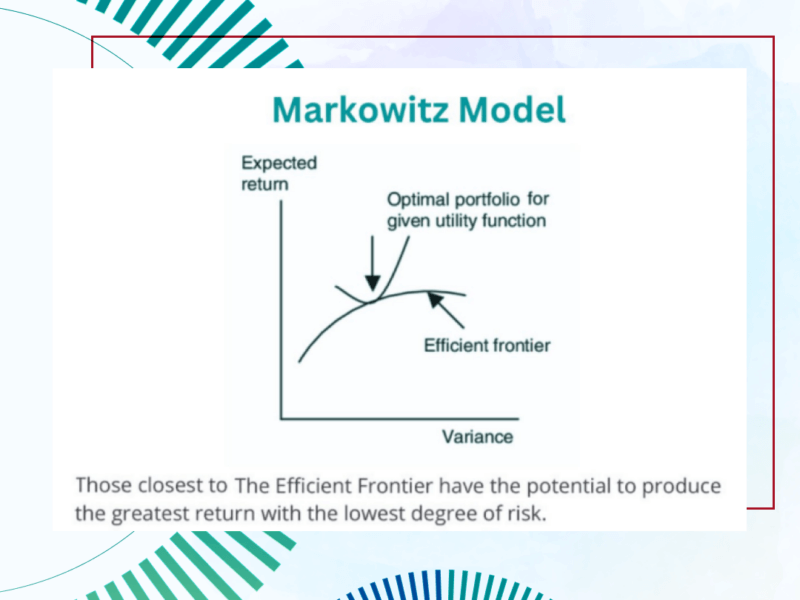Events that cause unpleasant emotions, feelings or thoughts have a greater impact on our future decisions than a normal and pleasant flow of events.
This rule works in financial behavior too. Whenever we face a painful experience of sitting out a major market drawdown or recognizing the funds’ loss, the brain gets a signal that investing activity should be avoided as a negative experience trigger. Even if markets recover twice as much, the negative bias will remain there.
How to cope with this negative bias?
1. Focus on the facts.
Financial decisions are difficult to make with a cool mind. The exact figures will help you drive objective conclusions.
2. Do a long-term plan.
The US equities market is on its longest bull run. The S&P500 index has been growing since March 2009, tripling its value over this time. If you plan how to react to possible retracement, it will help you stay calm and respond accordingly.
3. Stay aware.
Acknowledging the effects of negative bias will help you recognize and manage financial behavior patterns wisely.
Risk Warning: The information in this article is presented for general information and shall be treated as a marketing communication only. This analysis is not a recommendation to sell or buy any instrument. Investing in financial instruments involves a high degree of risk and may not be suitable for all investors. Trading in financial instruments can result in both an increase and a decrease in capital. Please refer to our Risk Disclosure available on our web site for further information.


